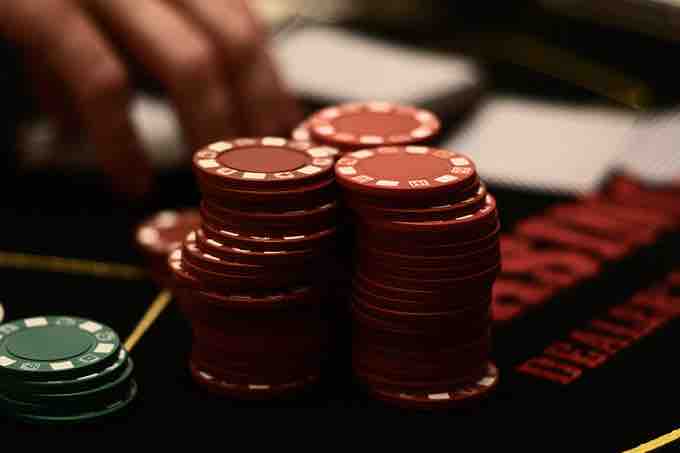A high-yield stock is generally considered as a stock whose dividend yield is higher than the yield of any benchmark average such as the 10 year U.S. Treasury note. The classification of a high-yield stock is relative to the criteria of any given analyst. Some analysts may consider a 2% dividend yield to be high, while others may consider 2% to be low. There is no set standard for judging whether a dividend yield is high or low. A high dividend yield indicates undervaluation of the stock because the stock's dividend is high relative to the stock price. High dividend yields are particularly sought after by income and value investors. High-yield stocks tend to outperform low yield and no yield stocks during bear markets because many investors consider dividend paying stocks to be less risky.
Generally speaking, most firms that pay out high dividends are quite mature, profitable, and stable. They pay out high dividends simply because they have too much cash flow and few positive net present value investment possibilities. But not all firms offering high dividend yields are steady, reliable investments. Perhaps the greatest risk in high-dividend securities is a falling stock price, which means that the high yield is due to decline of the firm. If a company is not earning enough profit to cover their dividend payments, the current dividend is unsustainable. In this case, a falling stock price indicates investor fears of a dividend cut. Therefore, if an investor buys these risky high-dividend stocks and the dividend is decreased because the company is suffering losses, the investor will have the problem of both less dividend income and portfolio of stocks with declining values. There may be investors, such as retirees, who prefer current income from high dividends to low dividends and growth in stock value. Theories may say this should not matter since investors could sell a portion of the low dividend paying stocks to supplement cash flow, but in the real world, markets are not frictionless. The sale of securities involves transaction costs that may outweigh any benefits of the sale. Therefore, some individuals are better off holding high dividend stock.
The Dogs of the Dow strategy is a well known and rather extreme strategy that incorporates high dividend yields. The strategy dictates that the investor compile a list of the 10 highest dividend yielding stocks from the Dow Jones Industrial Average and buying an equal position in all 10 at the beginning of each year. At the end of each year, the investor finds the 10 highest dividend yield stocks again, and reallocates their positions so as to have an equal position in all 10 Dogs of the Dow. The Dogs of the Dow made a compounded annual return of 18% from 1975 to 1999 outperforming the market by 3%. This would make 10,000 turn into 625,000 in 25 years .

High dividend gambles
Risk aversion can be applied to many different situations including investments, lotteries, and any other situations with uncertain outcomes.
Proponents of the Dogs of the Dow strategy argue that blue chip companies do not alter their dividend to reflect trading conditions. Therefore, the dividend is a measure of the average worth of the company. In contrast, the stock price fluctuates through the business cycle. This should mean that companies with a high yield, with high dividend relative to price, are near the bottom of their business cycle and are likely to see their stock price increase faster than low yield companies. Under this model, an investor annually reinvesting in high-yield companies should out-perform the overall market. The logic behind this is that a high dividend yield suggests both that the stock is oversold and that management believes in its company's prospects and is willing to back that up by paying out a relatively high dividend. Investors are thereby hoping to benefit from both above average stock price gains as well as a relatively high quarterly dividend. Of course, several assumptions are made in this argument. The first assumption is that the dividend price reflects the company size rather than the company business model. The second is that companies have a natural, repeating cycle in which good performances are predicted by bad ones.